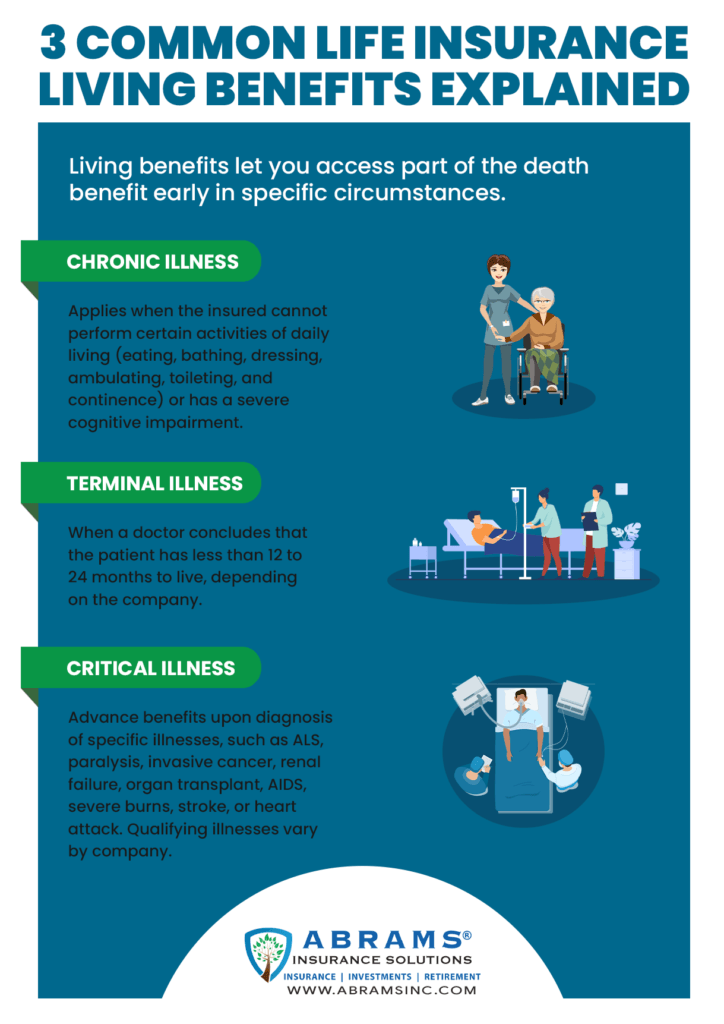Filing a Civil Suit
After a car accident, you may be wondering what your legal options are. If you’ve been injured or your property has been damaged, you may be able to file a civil suit against the at-fault driver. A civil suit is a legal action that allows you to seek compensation for your damages.
The first step in filing a civil suit is to gather evidence of your damages. This may include medical records, repair bills, and lost wages. You should also contact an attorney to discuss your case. An attorney can help you determine if you have a valid claim and can represent you in court.
If you decide to file a civil suit, you will need to file a complaint with the court. The complaint will state the facts of your case and the damages you are seeking. The defendant will then have the opportunity to file an answer to the complaint. The case will then proceed through the discovery process, which is where both parties exchange information and evidence.
If the case cannot be settled during the discovery process, it will go to trial. At trial, both parties will present their evidence and arguments to a judge or jury. The judge or jury will then decide who is liable for the accident and what damages the plaintiff is entitled to.
Filing a civil suit can be a complex and time-consuming process. However, if you have been injured in a car accident, it is important to understand your legal rights and options. An attorney can help you determine if you have a valid claim and can represent you throughout the legal process.
Navigating Civil Suits for Car Accidents: A Comprehensive Guide
After the jarring aftermath of a car accident, filing a civil suit may cross your mind. Understanding the ins and outs of this legal process is crucial to seeking justice and recovering compensation. In this article, we’ll delve into the elements of a civil suit for car accidents, empowering you with knowledge to navigate this complex legal landscape.
Elements of a Civil Suit
To prevail in a civil suit for a car accident, you must prove three essential elements: negligence, causation, and damages.
Negligence refers to the failure to exercise reasonable care, resulting in harm to others. In the context of car accidents, negligence often stems from distracted driving, speeding, or reckless behavior.
Causation requires demonstrating that the defendant’s negligence directly caused the accident. This means showing that, had the defendant acted with due care, the accident would not have occurred.
Damages represent the losses or injuries sustained as a result of the accident. These can include medical expenses, lost wages, pain and suffering, and property damage.
Additionally, to initiate a civil suit, you must file a complaint outlining your claims and demands within a specific time frame, known as the statute of limitations. Failing to do so may bar your right to pursue legal action.
Civil Suit for Car Accidents
After a car accident, you may be wondering if you have a case for a civil suit. A civil suit is a legal action that you can take against the person or entity that you believe caused your injuries. In order to win a civil suit, you must prove that the other party was negligent.
Negligence
Negligence is the failure to exercise the care that a reasonably prudent person would have exercised under the same circumstances. In the context of a car accident, negligence can include actions such as speeding, running a red light, or driving while intoxicated. It can also include failing to yield the right of way, following too closely, or driving while distracted.
To prove negligence, you must show that the other driver owed you a duty of care, that they breached that duty, and that their breach of duty caused your injuries. For example, all drivers owe a duty of care to other drivers, pedestrians, and cyclists to drive safely. If a driver breaches that duty by running a red light and causes an accident, they may be liable for the injuries that result.
There are many different factors that can contribute to a car accident. However, negligence is often a major factor. If you have been injured in a car accident, it is important to speak to an attorney to discuss your legal options.
Civil Suits for Car Accidents
When a car accident leaves you injured, you may be left wondering who will pay for your medical bills, lost wages, and other damages. In many cases, you can file a civil suit against the negligent driver who caused your accident. Here’s what you need to know about civil suits for car accidents.
Negligence
In order to win a civil suit for a car accident, you must prove that the other driver was negligent. Negligence is the legal concept of failing to exercise reasonable care to avoid harm to others. In the context of car accidents, negligence can include things like speeding, running red lights, or driving while intoxicated.
Causation
Causation is the legal concept linking the defendant’s negligence to the plaintiff’s injuries. The plaintiff must prove that the defendant’s negligence was a substantial factor in causing the accident.
Damages
If you win a civil suit for a car accident, you may be awarded damages. Damages are payments that the defendant must make to compensate you for your losses. Damages can include things like medical expenses, lost wages, pain and suffering, and emotional distress.
Statute of Limitations
Each state has a statute of limitations for filing a civil suit for a car accident. This means that there is a limited amount of time after the accident in which you can file your suit. If you miss the statute of limitations, you will lose your right to sue.
How to Get Started
If you’ve been injured in a car accident, the first step is to contact a personal injury lawyer. An experienced lawyer can help you determine if you have a case, guide you through the legal process, and fight for your rights.
Civil Suits for Car Accidents: Seeking Justice and Compensation
Car accidents can be harrowing experiences that can leave victims with severe physical, financial, and emotional damage. In such cases, filing a civil suit for car accidents can be a crucial step in seeking justice and financial compensation for the losses suffered.
Damages
Damages are the losses suffered by the plaintiff as a result of the accident. These damages can include medical expenses, lost wages, pain and suffering, and property damage. Medical expenses encompass the costs incurred for medical treatment, rehabilitation, and future medical care. Lost wages refer to the income lost due to the victim’s inability to work as a result of the accident. Pain and suffering is a non-economic damages that seeks to compensate the victim for the physical, mental, and emotional pain caused by the accident.
Property damage, on the other hand, covers the costs of repairing or replacing the vehicle and other personal property damaged or destroyed in the accident. In certain cases, additional damages such as punitive damages may be awarded to punish the defendant for reckless or malicious conduct that caused the accident.
Establishing Liability
To succeed in a civil suit for car accidents, the plaintiff must prove that the defendant was negligent in causing the accident. Negligence refers to the failure to exercise reasonable care in one’s actions, resulting in injury to another person. In car accident cases, negligence can be established through evidence such as speeding, reckless driving, or distracted driving.
Negotiation and Settlement
Once liability is established, the parties may engage in negotiations to reach a settlement. Settlement refers to an out-of-court agreement where the plaintiff accepts a certain amount of compensation in exchange for dropping the lawsuit. Settlements can be beneficial for both parties, as they avoid the time, expense, and uncertainty of a trial.
Trial Process
If a settlement cannot be reached, the case will proceed to trial. During the trial, the plaintiff and defendant present their evidence and arguments to a judge or jury. The judge or jury then decides on the liability and the amount of damages to be awarded to the plaintiff.
Seeking Legal Advice
Navigating a civil suit for car accidents can be complex and challenging. It is crucial to seek the advice of an experienced personal injury attorney who can guide you through the process and protect your rights. An attorney can help you gather evidence, negotiate with the insurance company, and represent you in court if necessary.
Civil Suits for Car Accidents
If you’ve been involved in a car accident, you may be wondering if you have a case for a civil suit. In general, you can file a civil suit if you can prove that the other driver was negligent and that their negligence caused your injuries. Negligence means that the other driver failed to act as a reasonable person would have in the same situation.
Settlement Negotiations
Many civil suits are settled before trial. In settlement negotiations, the plaintiff (the person who is suing) and the defendant (the person being sued) attempt to reach an agreement on the amount of compensation to be paid. There are no official rules, but the settlement amount is typically based on the severity of the injuries, the amount of lost wages, and the pain and suffering experienced by the plaintiff.
Settlement negotiations can be a complex process. It is important to have an experienced attorney representing you if you are considering settling your case. An attorney can help you negotiate a fair settlement and protect your rights.
Going to Trial
If settlement negotiations are unsuccessful, the case may go to trial. A trial is a formal proceeding in which a judge or jury will hear evidence and decide who is liable for the accident. If you win your case, you may be awarded damages, which can include compensation for your medical expenses, lost wages, pain and suffering, and other losses.
Going to trial can be a stressful and expensive process. However, it may be the best option if you are unable to reach a fair settlement. An experienced attorney can help you prepare for trial and represent you in court.
Civil Suit for Car Accidents
A civil suit is a legal action brought by one person (the plaintiff) against another (the defendant) to seek compensation for damages suffered as a result of the defendant’s negligence or wrongful conduct. In the context of car accidents, a civil suit can be filed by an injured party to recover damages for injuries, property damage, and other losses sustained in the accident.
Settlement Negotiations
The vast majority of civil suits, including car accident cases, are resolved through settlement negotiations. During settlement negotiations, the parties involved in the suit come together to discuss the terms of a settlement agreement. If the parties can reach an agreement, the case will be dismissed without going to trial.
Trial
If the case cannot be settled, it will go to trial. At trial, the plaintiff and defendant present evidence and arguments to support their claims and defenses. The plaintiff must prove that the defendant was negligent or otherwise at fault for the accident and that the plaintiff suffered damages as a result. The defendant may present evidence to defend against the plaintiff’s claims, such as by arguing that the plaintiff was also at fault for the accident or that the plaintiff’s injuries were not as severe as claimed.
Preparing for Trial
Preparing for trial is a complex and time-consuming process. The parties involved in the suit must gather evidence, interview witnesses, and develop legal arguments to support their claims and defenses. The trial process can be stressful and emotionally draining, so it is important to have an experienced attorney to guide you through the process.
The Trial Process
A trial typically begins with opening statements from the attorneys for the plaintiff and defendant. During opening statements, the attorneys outline the facts of the case and their legal arguments. The plaintiff’s attorney will then present their case, followed by the defendant’s attorney. Each side will have the opportunity to present evidence, call witnesses, and cross-examine the other side’s witnesses.
Jury Instructions
Once both sides have presented their cases, the judge will instruct the jury on the law that applies to the case. The jury will then deliberate and reach a verdict. The verdict will determine whether the defendant is liable for the plaintiff’s injuries and, if so, the amount of damages that the plaintiff is entitled to recover.
Post-Trial Motions
After the jury has reached a verdict, either party may file post-trial motions. Post-trial motions can be used to challenge the verdict or to ask the court to enter a different judgment. The judge will review the post-trial motions and make a decision on whether to grant or deny them.
Appeals
If either party is dissatisfied with the outcome of the trial, they can file an appeal. An appeal is a request to a higher court to review the lower court’s decision. The appellate court will review the record of the trial and make a decision on whether to uphold or overturn the lower court’s decision.
Conclusion
Civil suits for car accidents can be a complex and challenging process. However, with the help of an experienced attorney, you can increase your chances of obtaining a favorable outcome. If you have been injured in a car accident, do not hesitate to contact an attorney to discuss your legal options.




Leave a Reply